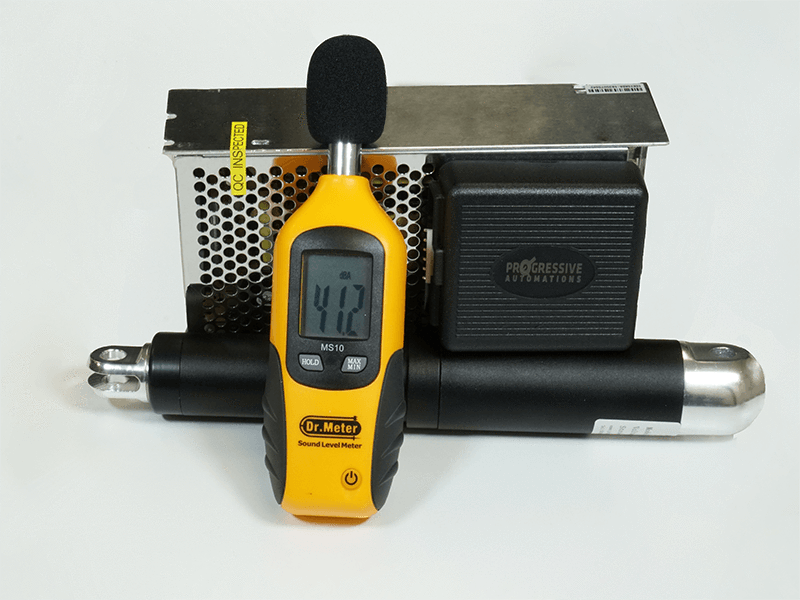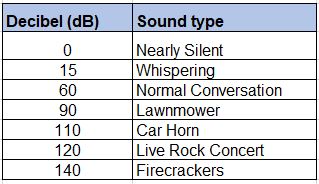If you require a quiet actuator for your application where noise pollution is a concern, the best way is to check out the noise rating along with verifying this value with a decibel chart. Decibels were named to honor Alexander Graham Bell, the inventor of the telephone – the term refers to the intensity of a sound and is often referred to as dB for short. While many people are aware of what the term decibel means, not many can accurately say what the various acronyms associated with it are meant for – this article will help provide an explanation.
Our sense of hearing is truly miraculous – we can hear mice scuttling along behind the skirting boards just as easily as we can hear a plane or helicopter passing overhead, or the music someone is playing. Because of this, and because we don’t want to lose our hearing, it is important to know exactly what is too loud for our ears. The actuator might be installed in an area where you would like noise to be at a minimum– such as your bedroom – and if this device operates at 90dB (for example), you really don’t want to be near it when it is activated!
How Does the Decibel System Work?
The decibel system starts at zero (almost silent) and is multiplied by five or ten each time it goes up a notch. The more common noise level\decibel ratio numbers are below:
Table of common sound pressure levels in dB
According to this table, if an actuator is labeled <45 (A), then you can take that to mean that the actuator will be quieter than someone talking at a normal volume, but louder than someone whispering.
Using ‘A’ in a measurement can be taken as an indication of the sound level – in this case, it refers to the sound level when at one kilohertz (kHz). In other words, if your actuator operates at one Kilohertz, then you can assume that you will hear less than forty-five decibels of sound.
Actuators and Decibels
Electric linear actuators are known for being among the quietest machines that can be found. No need for air canisters where the audible noise of compressed air happens with each movement.
Decibel ratings have only become necessary in recent years because of the move from strictly industrial areas (where sounds were less of concern amidst all the other noise and movement, although precautions were still taken) to personal and commercial settings, where sounds are more of an intruder. Particularly in the home, we value as little noise as possible to maintain a peaceful and comfortable environment.
Progressive Automations offers a large range of motion control equipment and other products which are excellent for home use; the majority of our products are rated to 45dB or less so that homeowners can install their application that maintains a low noise environment. If home automation is something which you have in mind, check out our product line – feel free to contact us if you can’t find something to suit your needs, and we will work with you to custom design one. Progressive Automations pledges to offer help with every single step of the process.





